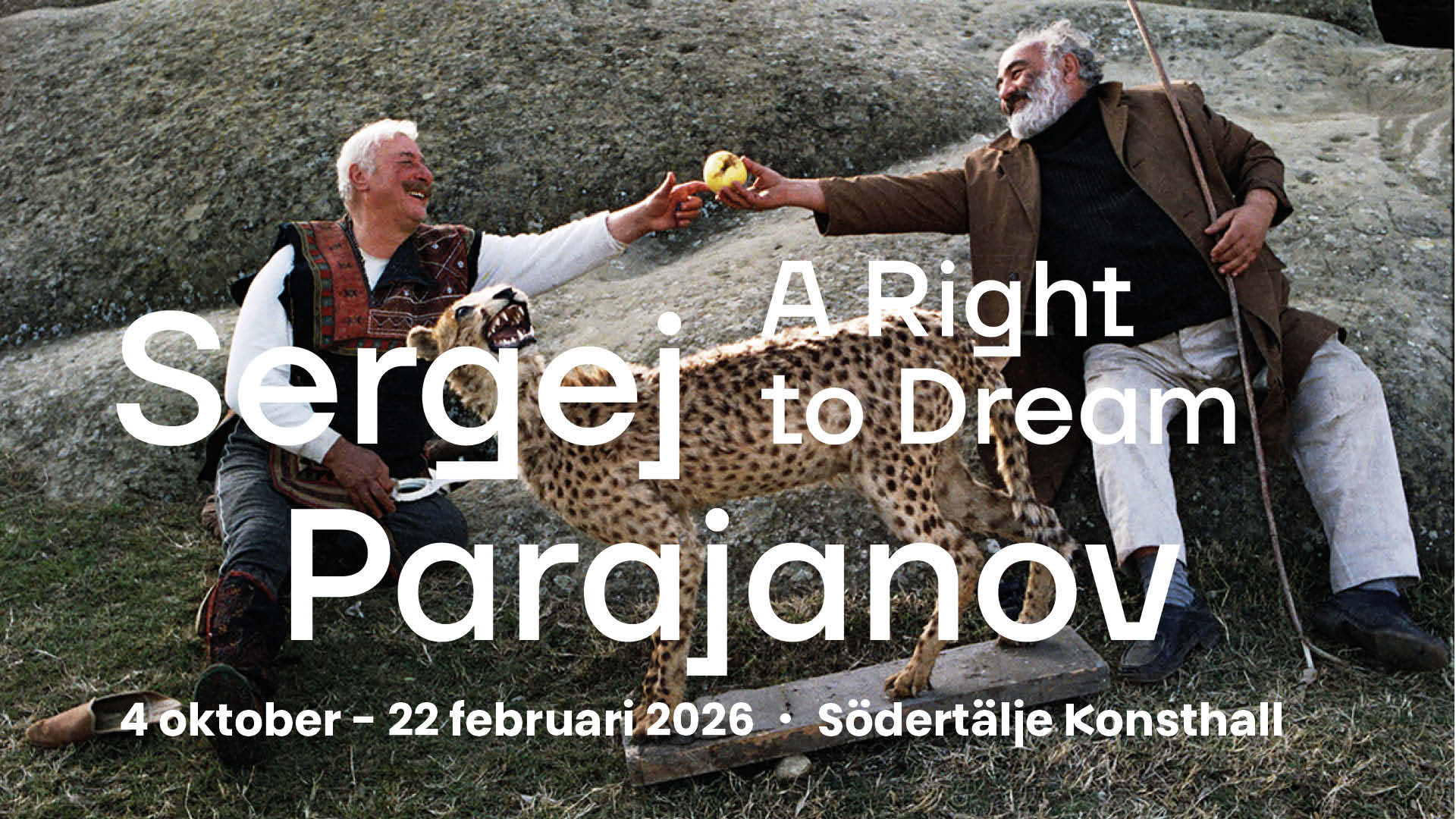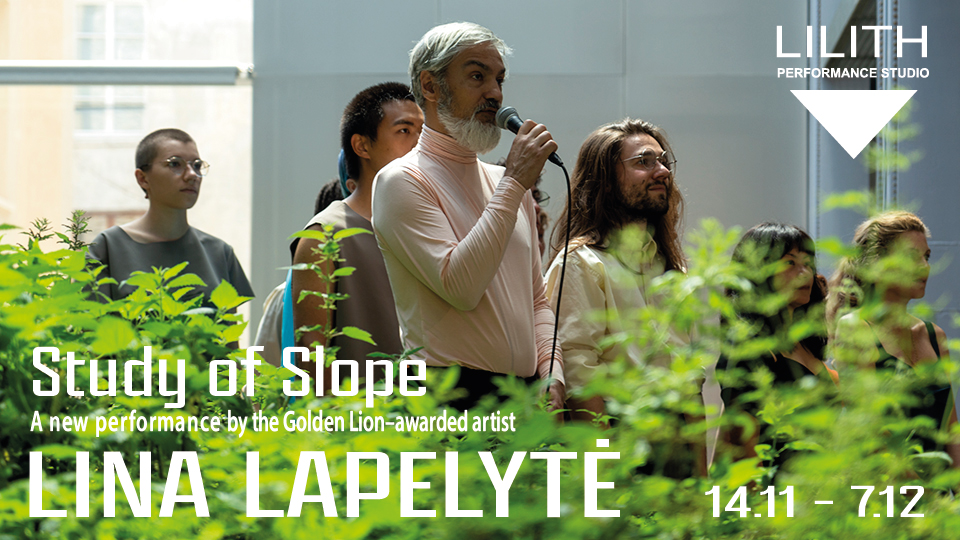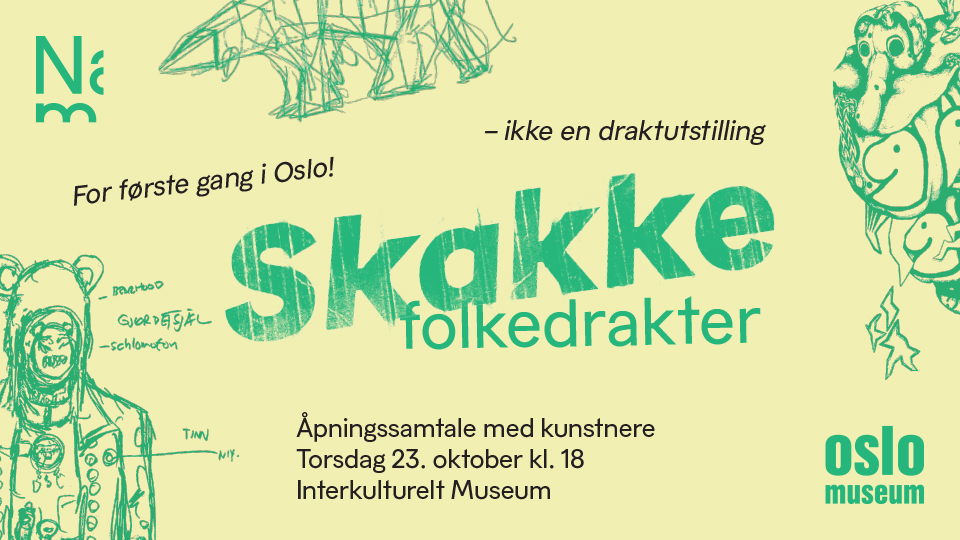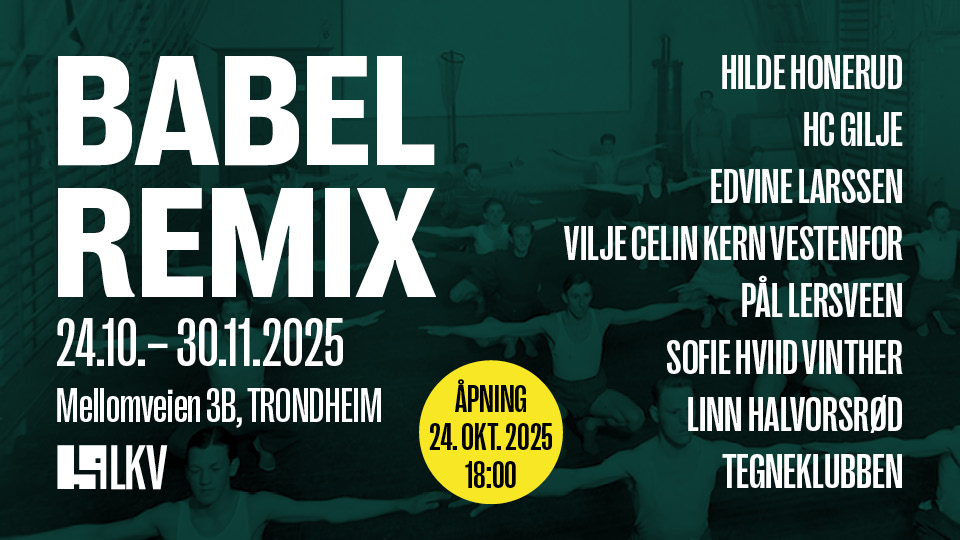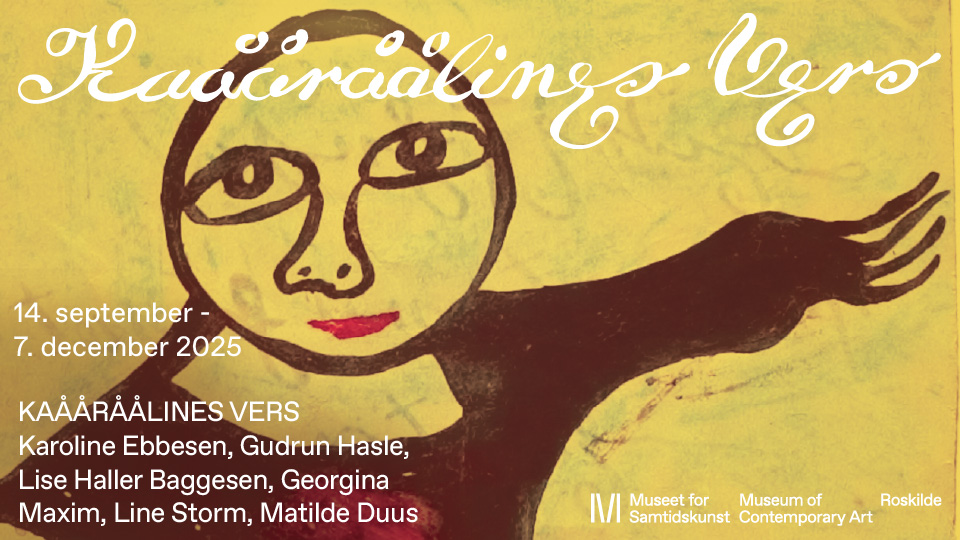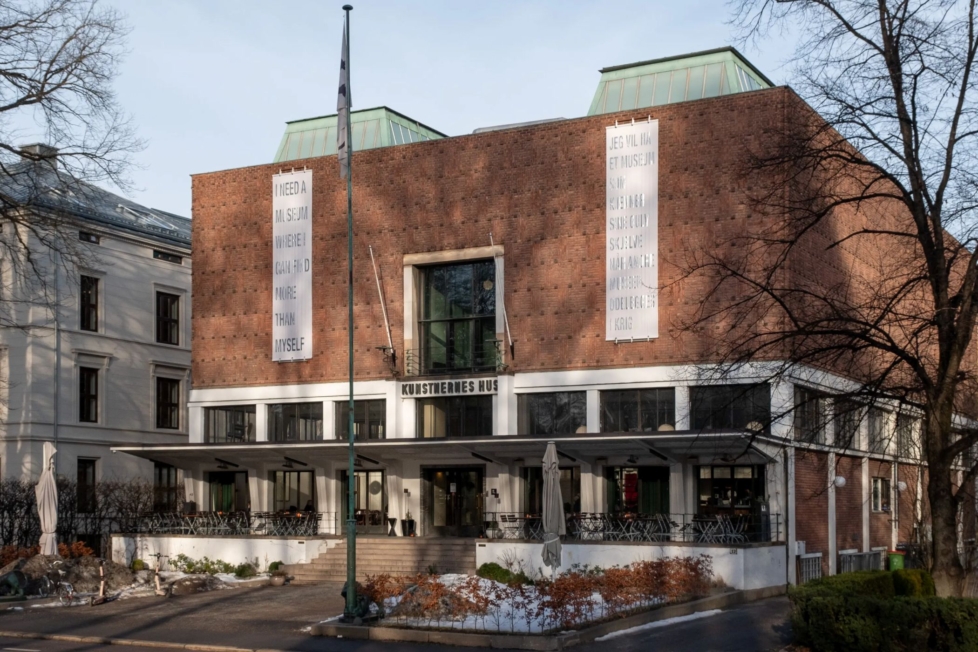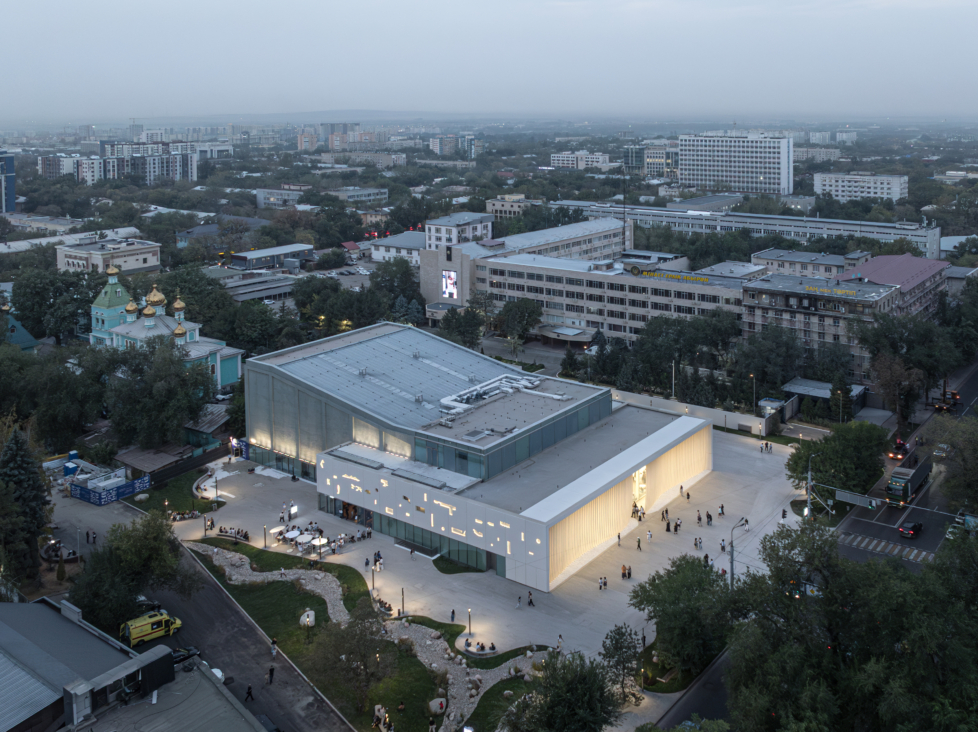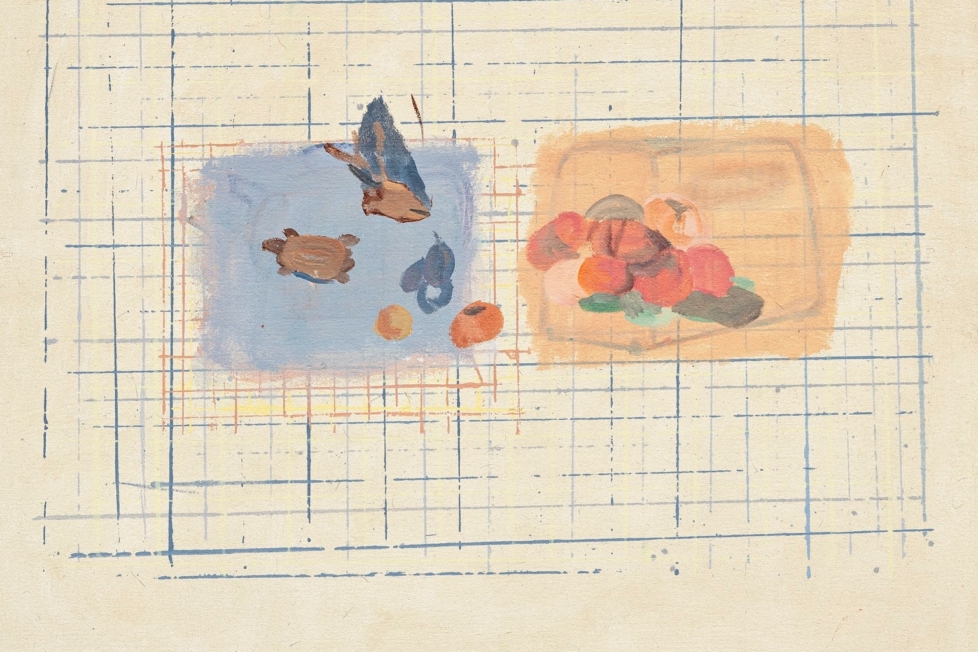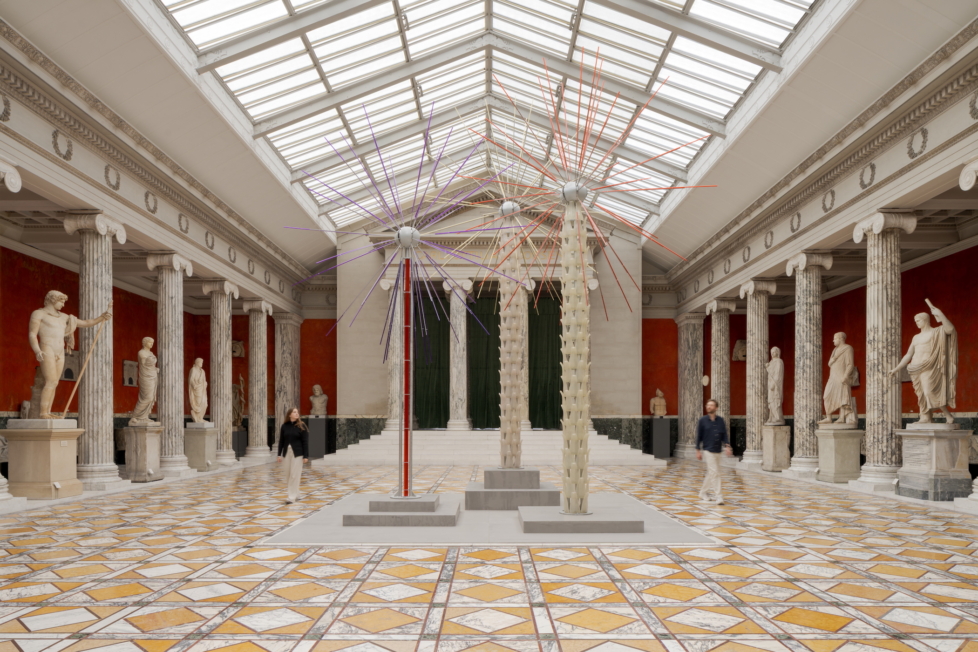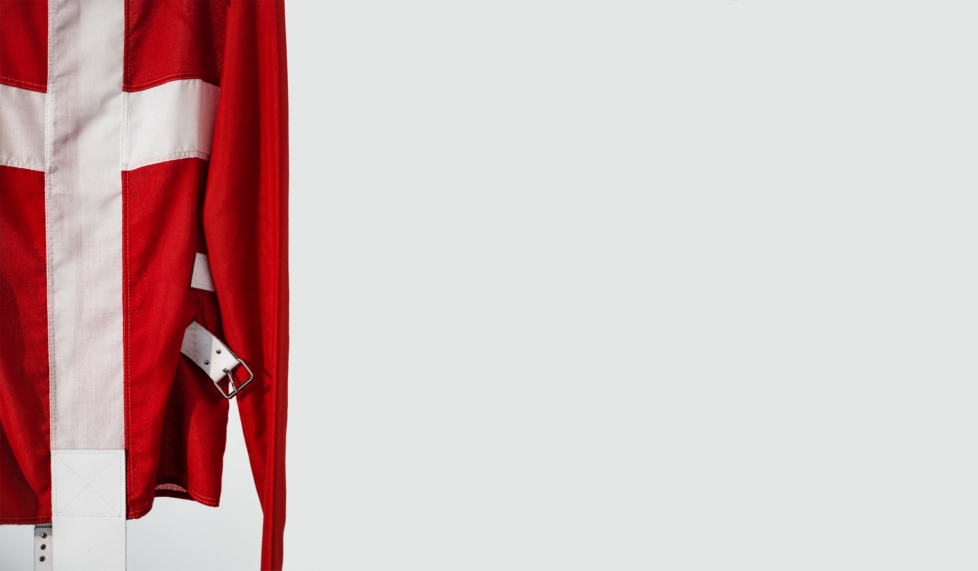
In the 1972 anthology of traditional Indigenous American poetries in translation, Shaking the Pumpkin, readers are presented with an Inuit ‘Language Event’ which enjoins us to “use the language of shamans.” Through a series of simple instructions, we quickly come to understand that this language is characterised by a fissure between saying and meaning: “Say a road & mean the wind; Say a floating one & mean an island.” Unlike metaphor, which transfers qualities from one thing to another (often to the point of abstraction) in order to draw similarity, the language of the Inuit shaman evokes complex material relations through its stagings of difference. To use such a language, then, is to constitute and reconstitute the world through an ironic play of ambivalence, negation, and reversal. As in the pairing: “Say a shadow & mean a white man; Say another kind of shadow & mean a person.”
The concise and devastating summation of modernity contained in these two ‘lines’ has been at the back of my mind while thinking through Worst-Case Scenario, an exhibition at Lunds konsthall that gathers four Greenlandic artists under the dual banners of decolonisation and climate crisis. Notwithstanding the reductive nature typical of ‘country shows’ – which, as noted in the catalog essay, the curators offer without apology – the works by Pia Arke (1958–2007), Elisabeth Heilmann Blind, Julie Edel Hardenberg, and Jessie Kleemann unsettle such identity markers by summoning, in various ways, conflicts and entanglements between identities – Danish, Greenlandic, and otherwise.

After nearly three hundred years of Danish colonial rule, Greenland, or Kalaallit Nunaat, gained home rule status in 1979 and became self-governing in 2009. Still, as this presentation attests, the break from Danish hegemony remains largely incomplete, particularly at a cultural level. In many of the works on view, the restoration of Inuit language and cultural practice during recent decades is accompanied by equivocation as well as feelings of anger, grief, and shame. Let’s Help Each Other (2008–9) documents a six-month period during which Edel Hardenberg, the only exhibiting artist who currently lives in Greenland, spoke exclusively Greenlandic, the country’s official language. Considered alongside her sculptural détournements of the Danish and Greenlandic flags, these short illustrated narratives leave little doubt about the artist’s position.
More affirming is Meqqu – The Wanderer (2021) a series of photographs with text by choreographer and dancer Heilmann Blind. Presenting her reinterpretations of traditional Greenlandic mask dance, these photographs comprise what the show’s co-curator Anders Kreuger describes as a “functional, contextual contribution to the exhibition.” Just so, of all the practices assembled here, Heilmann Blind’s is perhaps done the least justice – although surprisingly little care was taken with Kleeman’s paintings, two of which are shoehorned onto an unlit wall beneath the mezzanine in the north gallery.

The latter are presented alongside one of the show’s high points, Kleemann’s video Arkhticós Doloros (2019), or The Arctic in Pain. On 19 July 2019, the poet, painter, and performer flew by helicopter to the Sermeq Kujalleq glacier near Ilulissat (Greenlandic for “iceberg”) in West Greenland, where meltwater is collecting in the so-called Blue Lake, to carry out one of her improvisatory quasi-shamanic performances. Surrounded by pilots and a small production team, a black-clad Kleemann, who spends much of the performance barefoot or with a rope wound over her eyes and mouth, strugglesfor about twenty minutes to wield a bolt of black fabric in the whipping Arctic wind; the fabric alternately becomes a sail, wings, and a shroud before it is bundled up and stashed in the cargo compartment of the waiting helicopter. In conversation with Amanda Boetzkes and Jeff Diamanti, Kleemann noted of her performance: “The whole place, shaking underneath my feet, was speaking a language unknown to us.” Indeed, the work is a harrowing, if incomprehensible, lament.
As compelling and timely as Arkhticós Doloros is, however, it is the strength of Arke’s work that carries this exhibition. A selection of around twenty of her photographs and videos are presented here, including the forty-nine annotated dummy pages of her last major project, Stories from Scoresbysund: Photography, Colonisation, and Cartography (2003), as well as the video Tupilakosaurus: An Interesting Study About the Triassic Myth of Cape Stosch (1999), a send-up of both the hard and soft sciences. Several of the artist’s early photographs are on view, including the painterly black-and-white pinhole photographs she took in 1990 of Nuugaarsuk Point in West Greenland.

This Romantic view of the fjord recurs in much of the artist’s work from the period, for example, in the photostat enlargement that she tears to shreds in the video performance Arctic Hysteria (1996), and in performances for the camera such as Untitled (Toying with National Costume) (1993), presented here as a framed contact print. It also forms the backdrop for the emotionally nuanced triptych The Three Graces (1993), in which the artist and two of her childhood friends pose side by side while holding up various traditional Inuit objects such as drums, masks, and dolls; meeting our gaze, the three women, who are fully and fashionably attired, smile faintly and turn away. The profound ambivalence that these works register around not only postcolonial identity, but also the (post-structuralist) critique of reason serves only to sharpen Arke’s trenchant analysis of European culture and epistemology. Or, as she puts it in her 1995 essay ‘Ethno-aesthetics’ the “prolonged interim,” of modernity, with its claims of categorical and essential purity.
As a necessary and external, yet accursed, supplement to the European self-view, Arke continues, “the ethnic condition is in truth ironic.” (For Arke, whose mother was Inuit and whose father was Danish, this was perhaps doubly felt.) Indeed, in her ‘ethno-aesthetic’ similarity and difference are held in ironic suspension, a complex staging of signs that, in their various permutations, refuse to be reduced or essentialised, if only strategically. Submitting authenticity and identity to such performative and questioning stress, this mode of saying and meaning feels both generative and refreshing in our polarised contemporary, when artistic and political positions – not to mention identities – are increasingly entrenched within late capitalism’s structural-signifying grids. Climate crisis aside, I can hardly think of a more urgent language of inquiry.

